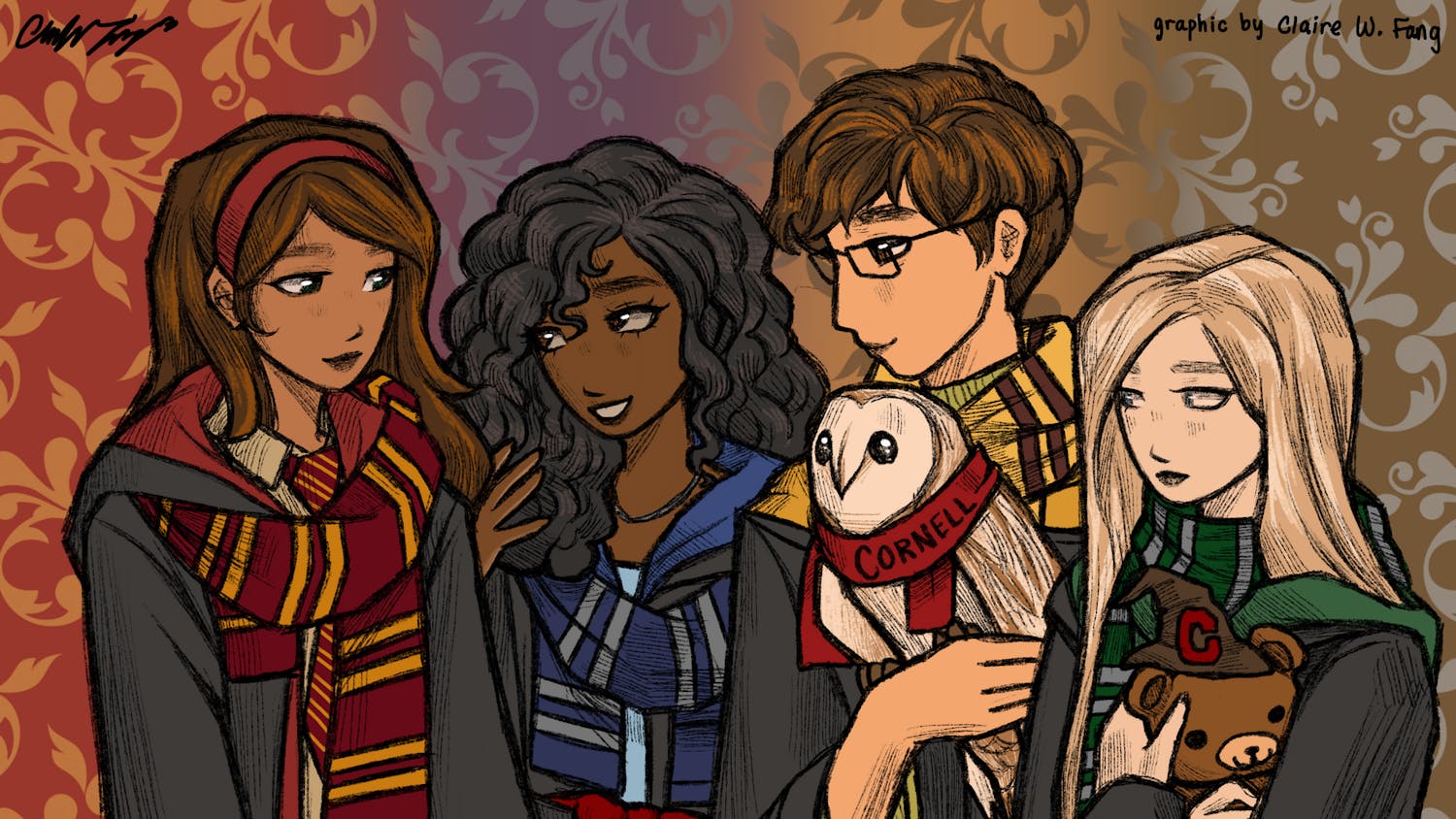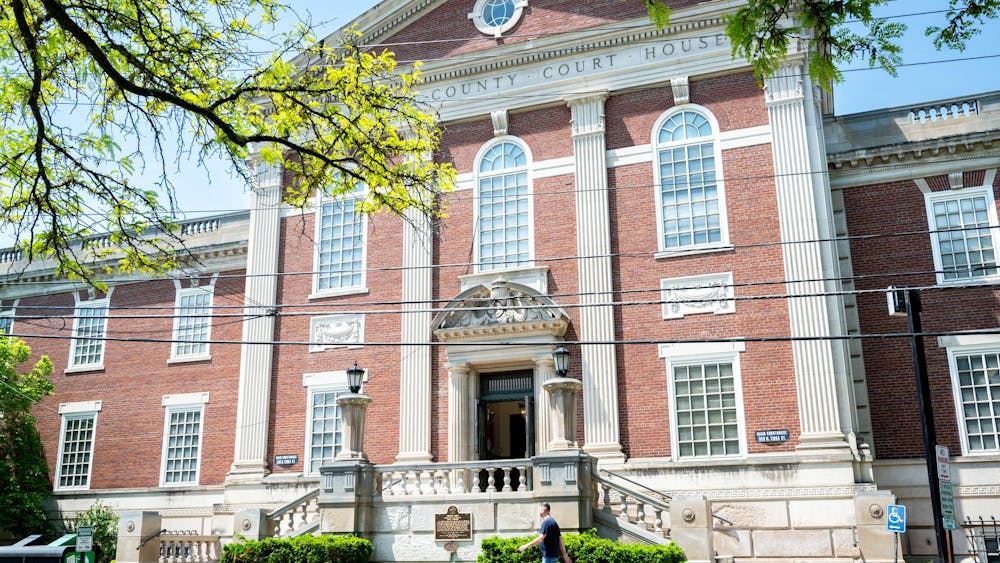In 2019, a small town in Kentucky experienced an unusual event: a line snaking outside of the local (slightly run-down) movie theater, full of chattering movie-goers. All were eager to enjoy the Marvel universe’s latest feature, Avengers: Endgame. Though I was in middle school, I can still remember standing in that line until the box office opened, streaming in to snatch a few coveted tickets, grabbing popcorn and then sitting down in the dark before a large screen that would soon show one of the most successful films of all time. Avengers: Endgame would earn over two billion dollars globally, and the epic finale still holds the title of highest-earning superhero movie of all time. This was the golden age of comic book movies. Six years later, Marvel and the superhero movie industry are faced with a whole new story — one that might not have a happy ending.
It can be argued that the superhero movie industry was born when Iron Man was released in theaters in 2008. The movie brought audiences worldwide a love for heroes, and, most especially, a love for playboy billionaire Tony Stark. This character would go on to lead a group of superheroes called the Avengers in countless battles for the safety of Earth and the universe. Yet, what was truly created in 2008 was not a character; it was a franchise. An article in The Week points to a specific quote said by Nick Fury in Iron Man that led to a worldwide phenomenon: “You think you’re the only superhero in the world? Mr. Stark, you’ve become part of a bigger universe.” This seemingly simple statement opened the doors for a multiverse of heroes that would rule box offices for years. Yet, just as the comic book movie machine started up with Iron Man, when Avengers: Endgame killed off Tony Stark, the industry died with him.
The last five years have been some of the worst for superheroes on screen. From the much-ridiculed Morbius to the horrific flop of Madame Web to whatever Eternals was supposed to be, the new generation of powerful planetary guardians have not delivered anywhere close to the success of Iron Man. Marvel amped up releases for Phases Four and Five, cranking out low quality movies by the dozens. Phases, in Marvel, are milestones of stories or character introductions that are used to timestamp their movies. Phase One began with Iron Man and included the formation of the Avengers. Though bright spots have arisen — from Loki to Deadpool and Wolverine — these shows and movies of current Phases have been about bringing back old characters audiences are known to love. DC has not been exempt from this downward trend, with its own disasters popping up in The Flash and Joker: Folie á Deux. With no solid new content and the occasional success with former favorites, Marvel and DC appear to be fizzling out.
Strangely, however, comic book sales do not seem to be having the same difficulties as movies. After facing the disastrous fiscal period of Covid, comic shops have recently reported much better years. Superhero rebirth series have seen success, as have new creations. Why, then, are superhero comics booming while the movies flounder? Though there could be many explanations, ranging from the individualized sense of building a comic book collection to the brighter colors and daring art of physical books, one obvious reason would simply be that the movies veer away from their original source content, while comics are the source. When moviegoers begin to be more and more invested in the characters, they naturally turn to comic books to discover their true stories. Costumes, events and entire character backstories can be different when comic books are adapted for the big screen. Often, story arcs that can take many issues to unfold are simplified or even cut out from movie translations. Thus, when times get bad, superhero fans seek out comics instead of potentially horrific movies.
Of course, for Marvel and DC, the future is not all doom and gloom. Hopefully, after learning what audiences enjoy and what they simply don’t show up for, directors and screenwriters can now listen to fans to produce quality movies. Additionally, following the ideology of bringing back what is known to be a big box office pull, Marvel announced the return of Robert Downey Jr. as Doctor Doom. Marvel is also attempting to build loyalty to fresh characters with the release of Thunderbolts in May. However, most notable of all is the excitement being built around DC’s Superman. The movie is directed by James Gunn, who built the wildly successful Guardians of the Galaxy trilogy. Set to release this summer, the movie’s trailers have sparked interest because of the presence of classic comic book staples like the dog Krypto and Lex Luthor. If Thunderbolts and Superman can prove to be hits, they could revive a seemingly dead industry; however, if the movies cannot live up to their potential, we could be witnessing the final cries of a once booming business.
Jane Locke is a freshman in the College of Arts and Sciences. She can be reached at jlocke@cornellsun.com.











